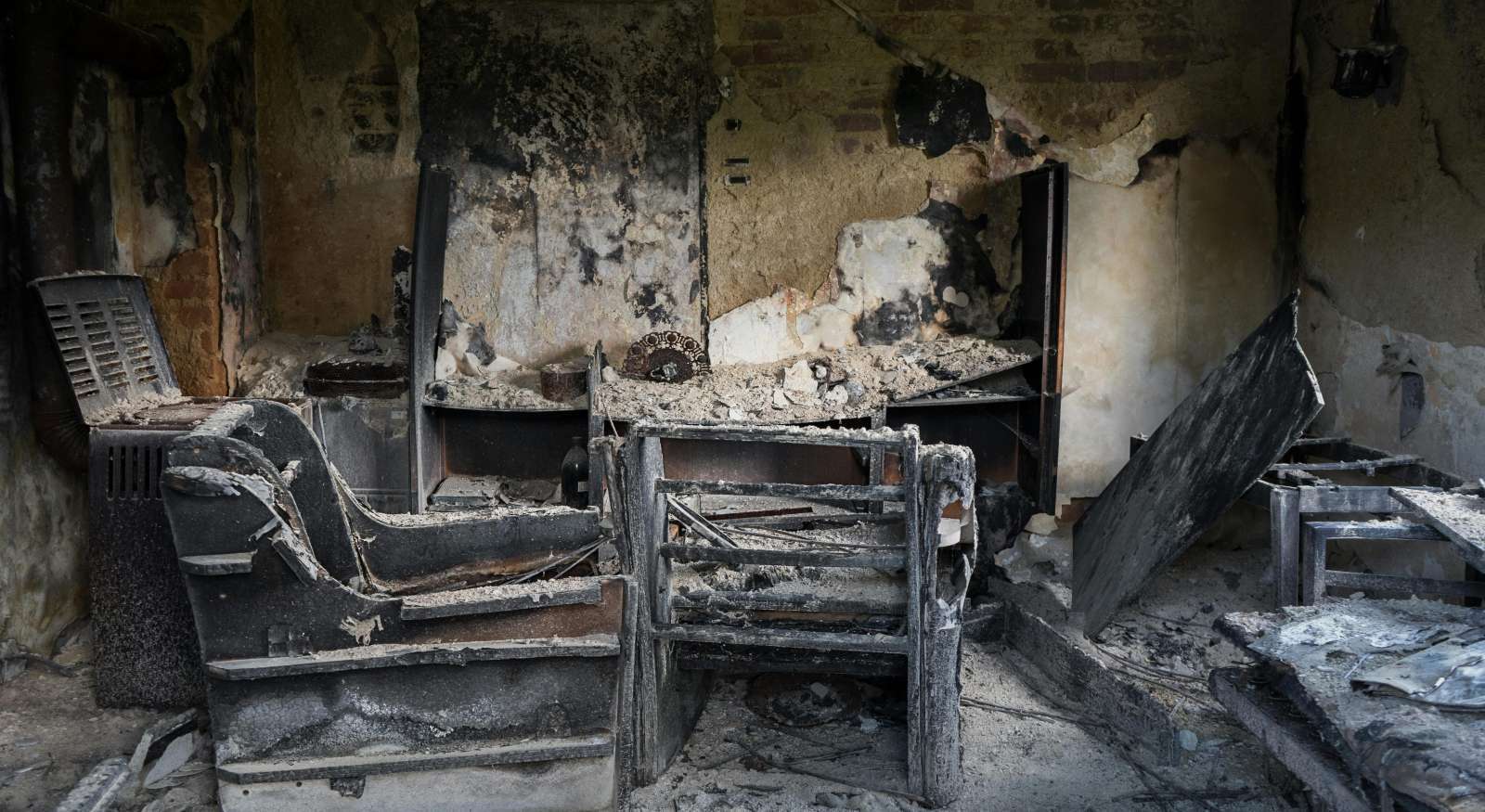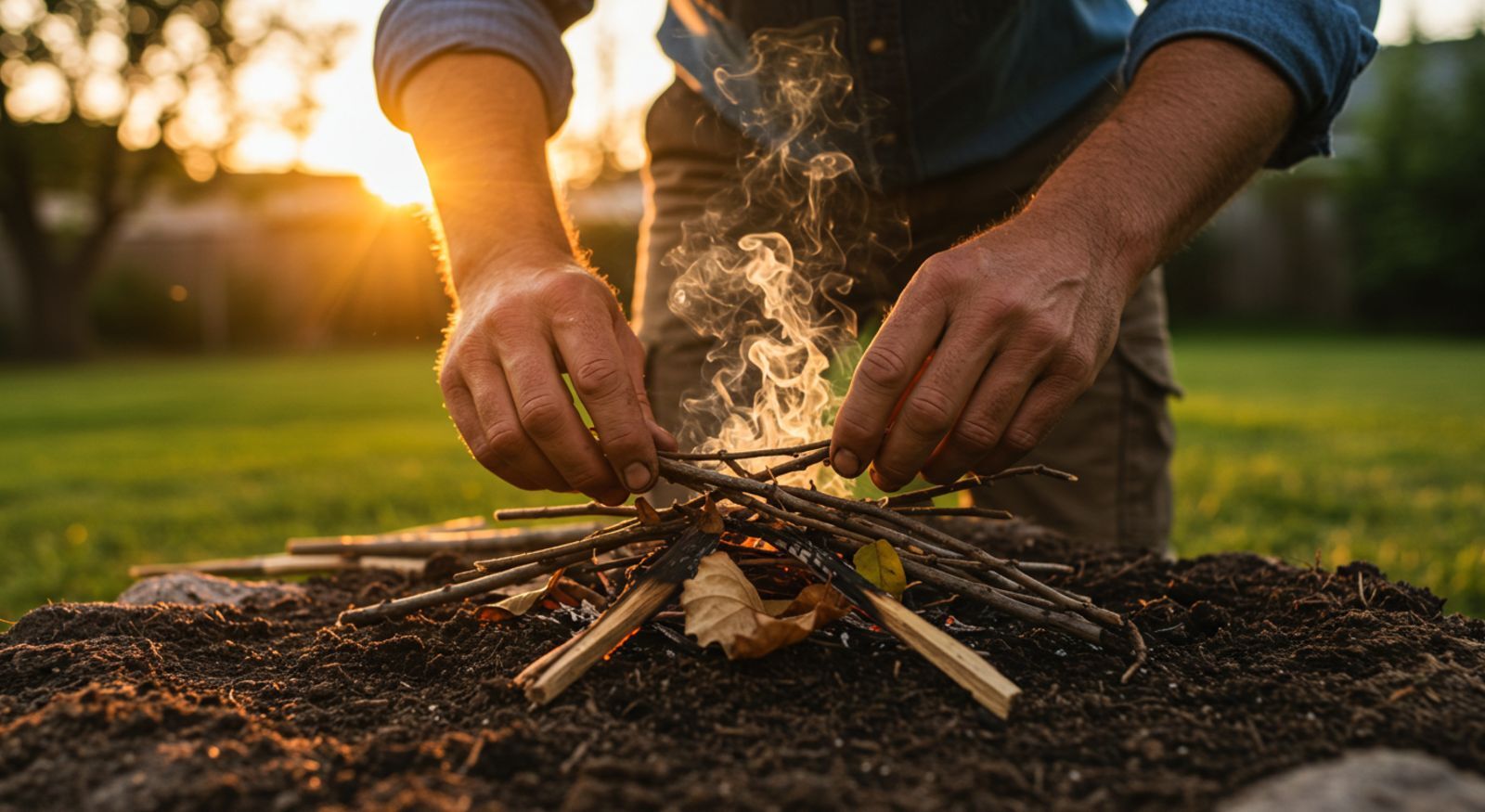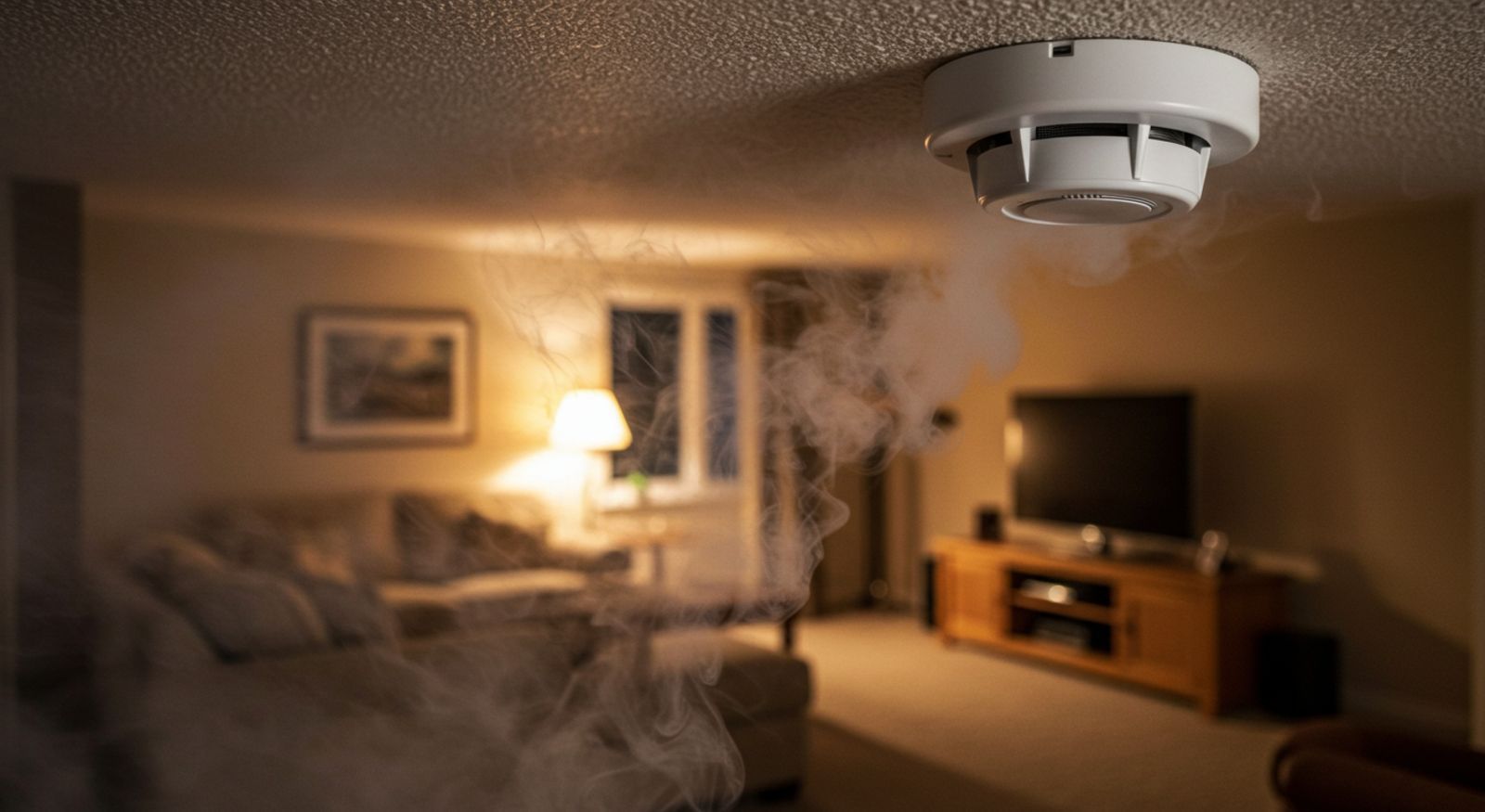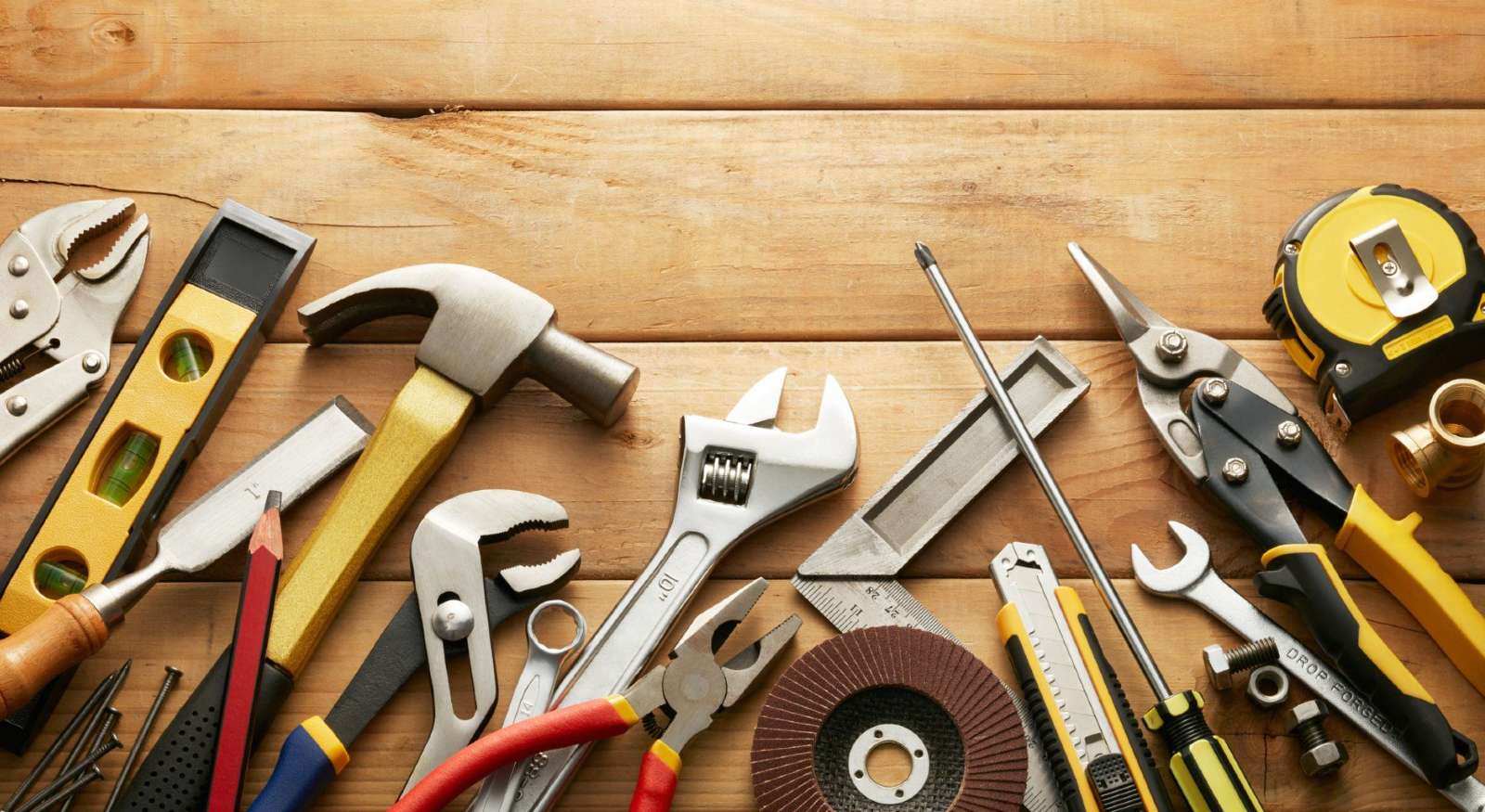Fire damage in your home: What to do when it happens
September 13th, 2024
3 min read

Imagine you were making a hearty meal for your family when something in the living room caught your attention. Before you know it, your casserole gets burnt, and suddenly, there is a fire in your kitchen. Now what?
As a company with over 50 years of experience in fire damage restoration and as a firm certified by the Institute of Inspection Cleaning and Restoration Certification (IICRC), we understand the severity and complexity of fire damage in your home. While the fire is dangerous, leaving the affected area without treatment can harm your home and your family's safety.
But worry no more. This article will explain everything you need to do after encountering fire damage, including how to mitigate the damage safely and the steps to prepare your home for fire damage restoration.
All you need to do when there is a fire in your home
While most of us know that home fires are dangerous, we cannot genuinely understand their life-threatening nature until we see the numbers. According to the National Fire Protection Association (NFPA), from 2016 to 2020, US fire departments answered to an annual average of 343,100 home fires. These events caused an average of 2,610 civilian deaths and 11,090 civilian fire injuries per year. Here is what you can do to ensure the safety of your loved ones:
Remain calm but act fast
The smoke and heat of a fire can gravely put your and your family's safety at risk, so immediate action is recommended. In an emergency, panic can be your worst enemy. Instead, we suggest you:
- Assess the situation: Determine the fire's size and location.
- Alert others of the fire: Don't wait for the smoke alarms to activate; quickly alert others by shouting "fire."
Use a fire extinguisher only in a small fire
Fire extinguishers should be used only to contain small fires in a single object, like a burning pan in the kitchen, and if you are safe from the fire's toxic smoke. To safely use the fire extinguisher, the U.S. Fire Administration suggests remembering the word PASS:
- Pull the pin. Hold the extinguisher with the nozzle pointing away from you and release the locking mechanism.
- Aim low. Point the extinguisher at the base of the fire.
- Squeeze the lever slowly and evenly.
- Sweep the nozzle from side to side.
Finally, you should evacuate if you cannot extinguish the fire in a few seconds.
Evacuate immediately
Remember that smoke is very toxic and can cover the entire house in minutes. Ready, a page by the Federal Emergency Management Agency (FEMA), suggests following these steps to evacuate the space safely:
- Crawl low to avoid smoke: Smoke rises and collects near the ceiling, so the best alternative is to drop low and crawl.
- Check doors before opening: Feel the doorknob by putting the back of your hand close to it. If it is hot or smoke is coming around it, keep the door closed and use another exit.
- Open doors slowly: If the door isn't hot, open it slowly and be ready to close it quickly if heavy smoke or fire is present.
- Call for help if you can't assist someone: If you can't reach someone who needs help, evacuate, call 9-1-1, and tell the operator their location.
- Notify firefighters about trapped pets: Tell the firefighters if your pets are trapped inside.
Assist others if possible
Another study by the NFPA analyzing data from 2015 to 2019 found that individuals aged 45 and older faced the highest risk of dying in home fires. This age group also experienced the most injuries during such incidents. On the other hand, children under 15 made up 11% of fire-related fatalities and accounted for 9% of the injuries.
Having said that, most fire injuries occur in people between the ages of 25 and 34, so while prioritizing the elderly and the young, you should evacuate following the previous recommendations to do so safely.
Wait for emergency services to arrive
Once you have escaped, do not re-enter the building. Instead, let the firefighters handle the situation. Tell them if someone is still inside and if there are any gas lines or hazardous materials they should be careful about.
After they have put out the fire, confirm with the authorities if it's safe to enter your home. Once you are cleared to enter, follow the instructions to prepare for damage restoration.
Prepare your home for fire damage restoration
So there you have it. The fire was extinguished, and you are left with a kitchen with burned appliances, soot in the walls and ceilings, and an entire house smelling like smoke. That's certainly a better scenario than a whole house burned to the ground, but you can tell the road to recovery is going to be a trip. To help you on this journey, here are some tips to take into consideration:
- Ensure your safety before entering: Do not enter your home if there are still active parts of the fire or if there is a risk of collapse.
- Take pictures: Try to document as much as possible, including the damaged materials and objects for your insurance company.
- Turn off the electricity: Make sure there is no electricity, especially near the fire site.
- Do not attempt to repair any electrical items.
- Secure your personal belongings: Move all your important wet items to a dry, safe place. This will give you peace of mind as restoration technicians need complete home access.
- Mitigate any water damage by setting your thermostat to 74-80 degrees F: This will condition the air and prevent more moisture from accumulating.
If you followed along, you have done great: not only did you learn what to do when there is a fire present, but you also know what steps to take once the fire has been extinguished. Now that your house is ready to begin fire damage restoration, the most important thing to do is to call us directly at 870-918-0041. We at Restore-It will immediately send an emergency service technician to your house and help you begin the journey to a renovated house!
Topics:




















